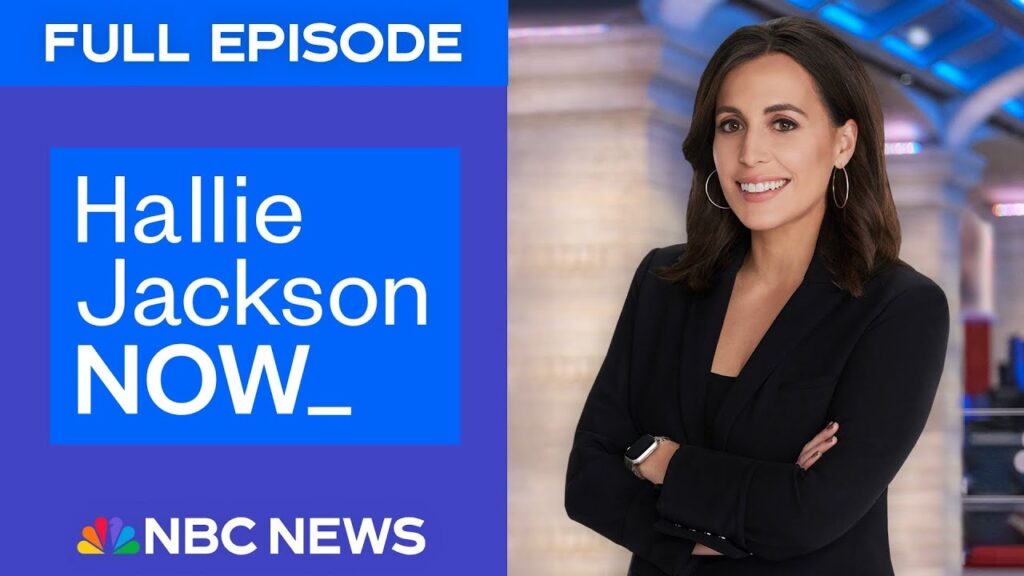The headlines are urgent. At home and abroad, decisions being made now will ripple for years. We’ll walk you through what’s happening, why it matters, and what’s next.
U.S. Political Landscape and Justice Department
First up: What would a next term for former President Donald Trump look like — starting with his pick for the U.S. Department of Justice. We’re hearing that the early signals point to a sharp re‑alignment of how justice is administered. That means changes in priorities: domestic law enforcement, how federal investigations proceed, how the DOJ engages with big tech, civil rights, immigration enforcement, and more.
This is not just about one appointment — it’s about how a DOJ under new leadership might reshape the balance of power between the federal government and the states, and between government and citizens. For voters and for institutions alike, what once seemed abstract now takes on real consequences: who gets investigated for what, how laws get enforced, and which rights get strengthened or curtailed.
Key questions: Will civil rights enforcement be strengthened or rolled back? How will the DOJ approach corporate antitrust or big tech scrutiny? What will be the role of special counsels and independent investigations? And — just as importantly — what message does this send globally about U.S. adherence to rule of law?
In Washington, the chatter in the corridors is brisk. Allies and opponents alike are scrambling to position themselves for the possible changes ahead. Some in Congress are already whispering about legislative safeguards; others are drafting nomination statements. And in the states — from local prosecutors to municipal law enforcement — the anticipation is palpable.
In short: A new DOJ leader under a Trump‑era or post‑Trump leadership could be one of the most consequential appointments of the next cycle.

International Outlook — Middle East & Beyond
Turning now overseas: The Middle East continues to simmer with strategic urgency. As U.S. forces monitor developments in Iraq, Syria, and Iran, one thing is clear: the region is fraught with potential escalation.
From the Syrian border to the Persian Gulf, the complex web of alliances, proxies, and contested territories means that even a single strike or diplomatic shift can ripple into a larger conflict. U.S. officials are walking a fine line: showing strength where necessary, signalling restraint where possible. The calculus is not just tactical — it’s deeply strategic.
Why this matters to Americans: U.S. foreign policy decisions ripple into domestic politics, energy markets, global trade, and the perceptions of America’s role in the world. Whether it’s U.S. troops positioned abroad, naval deployments in contested waters, or alliances being tested — the stakes are high.
Inside the region, actors are watching U.S. signals closely. Some are calibrated to respond, others to provoke; all are mindful of the global optics. For U.S. policymakers, the challenge is managing a response to threats while preventing an escalation into broader war. Washington is press‑aware of the risks: loss of personnel, costly operations, domestic backlash.
On the ground: Intelligence flows, diplomatic back‑channels, strategic posturing. In many ways, the Middle East remains a chessboard in which every move reverberates far beyond the region. Expect more updates — and not all of them peaceful.
Domestic Economy, Jobs and Voter Sentiment
Back home, the economy remains a central story. Job numbers, inflation, wages: the trifecta that influences not only personal finances but political moods. A strong jobs number may signal resilience — but it also complicates the outlook for interest rates, mortgages, and consumer sentiment.
Right now, wage growth is modest but inflation remains high. That means many families feel the pinch even if headline numbers look solid. Consumer confidence is an important barometer: if people don’t feel secure, that can affect spending, saving, and how they vote. Add to that the fact that upcoming elections make economic perceptions even more potent.
Some voters are feeling left behind. Even when employment statistics are positive, the lived experience — rising rents, cost of living pressures, stagnating wages — can feed disaffection. And in the political sphere, that means parties must not only deliver numbers, but also deliver feeling. Whether momentum is being felt matters as much as whether it is reported.
In your communities: Watch how local employers are hiring (or laying off), how inflation is hitting everyday goods, how the cost of housing is evolving. In aggregate, that local story becomes the national story.


